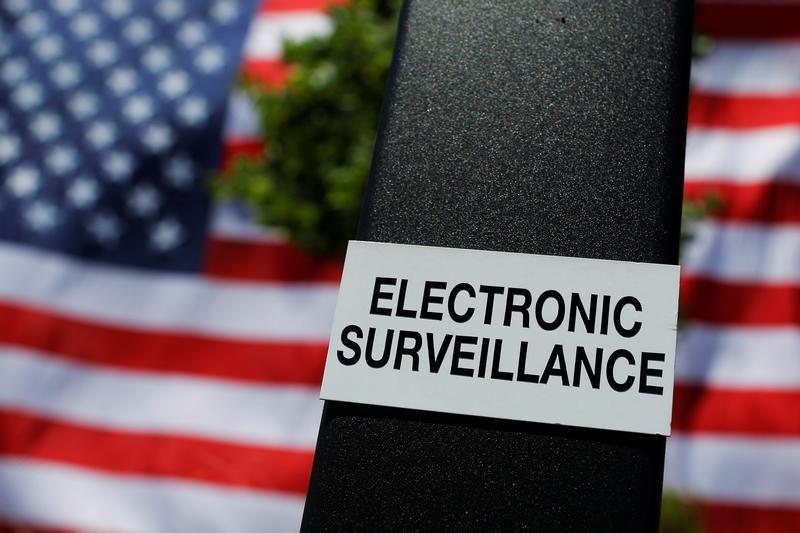
October 1, 2018
Next year, the US Congress will grapple with whether to extend the USA Freedom Act, which currently imposes limits on the government’s powers to sweep up US telephone call records under Section 215 of USA Patriot Act. If history is any indication, the intelligence and law enforcement agencies will push hard for continued or even expanded monitoring powers – and they’ll do so by emphasizing threats they say are posed by Muslims.
What they probably won’t mention? Anything about whether they believe white supremacists present an international threat that’s relevant to surveillance or other intelligence powers.
Many US surveillance powers are already excessive and violate rights. The agencies therefore should not simply expand any existing spying authorities that are abusive to cover white supremacist groups.
However, for years, the agencies’ relative silence about white supremacist movements when promoting their surveillance desires has been striking. White power adherents in the US have been staging loud, public, and at times fatal shows of force. The radical right in Europe has become increasingly vociferous, too – and these movements may be increasingly connected across borders. Yet, available transcripts from hearings about surveillance by the congressional intelligence and judiciary committees during the past five years reveal little explicit discussion of white supremacy by executive branch officials. The Federal Bureau of Investigation has addressed white supremacist violence recently in other contexts – but not, it appears, in planned appeals to lawmakers for spying powers.
This silence about white power groups’ violence during the government’s public testimony about intelligence, national security, and surveillance matters. When the agencies argue to maintain or expand their snooping authorities by focusing heavily on Muslims without addressing global white supremacist violence, they not only reinforce stereotypes about Muslims, but also leave Congress and the public in the dark about whether they see white supremacist violence as an intelligence issue.
US Air Force training materials Human Rights Watch obtained in 2017 illustrate this point. In explaining a Defense Department “counterintelligence” policy change allowing the warrantless monitoring of US “homegrown violent extremists,” the presentation cites two shootings committed by Muslims as examples—and no deadly acts by proponents of white power, despite numerous killings in the US by white supremacists in recent years.
Everyone’s security matters, and officials should be more forthright regarding what they know about white supremacist violence and how it fits into the surveillance picture—and avoid feeding into bias against US minority groups.
